In the 1990s, Mexican theoretical physicist Miguel Alcubierre proposed a new hypothetical type of warp drive that would allow a spacecraft to travel faster than the speed of light. It causes space to expand in front of the ship and contract behind it. The ship would be in a "warp bubble" that would protect cosmic travelers.
Scientists believe that the possibility of such an engine opens up new avenues for detecting traces of advanced extraterrestrial civilizations using tools such as the Laser Interferometer Gravitational-Wave Observatory (LIGO). In a paper on Arxiv.org, which has not yet been peer-reviewed, a team of researchers from various universities, including Oxford and the Max Planck Institute, suggest that the collapse of Alcubierre's warped bubble could generate gravitational waves that could be detected.
Of course, the existence of such a spacecraft raises many questions. Firstly, stopping the ship could be extremely difficult, as passengers cannot affect the world beyond the warp bubble. Another challenge is the stability of the system:
"There is no (as far as we know) known equation of state that would maintain the characteristics of the warp drive in a stable configuration for a long period of time. Therefore, while it may be required that the warp bubble is initially constant, it would quickly deviate from this state, and in most cases, spacetime deformations would disappear or collapse into a central point."
However, because of this instability, it could also be detected. If the warp bubble were to collapse, it could generate gravitational waves that would be very different from the consequences of typical events, such as the collapse of an unstable neutron star or the collision of two black holes. However, for now, the authors' conclusion is nothing more than an intriguing thought experiment. Further work is needed to understand the characteristics of the warp signature and methods of detection.
Source: The Byte






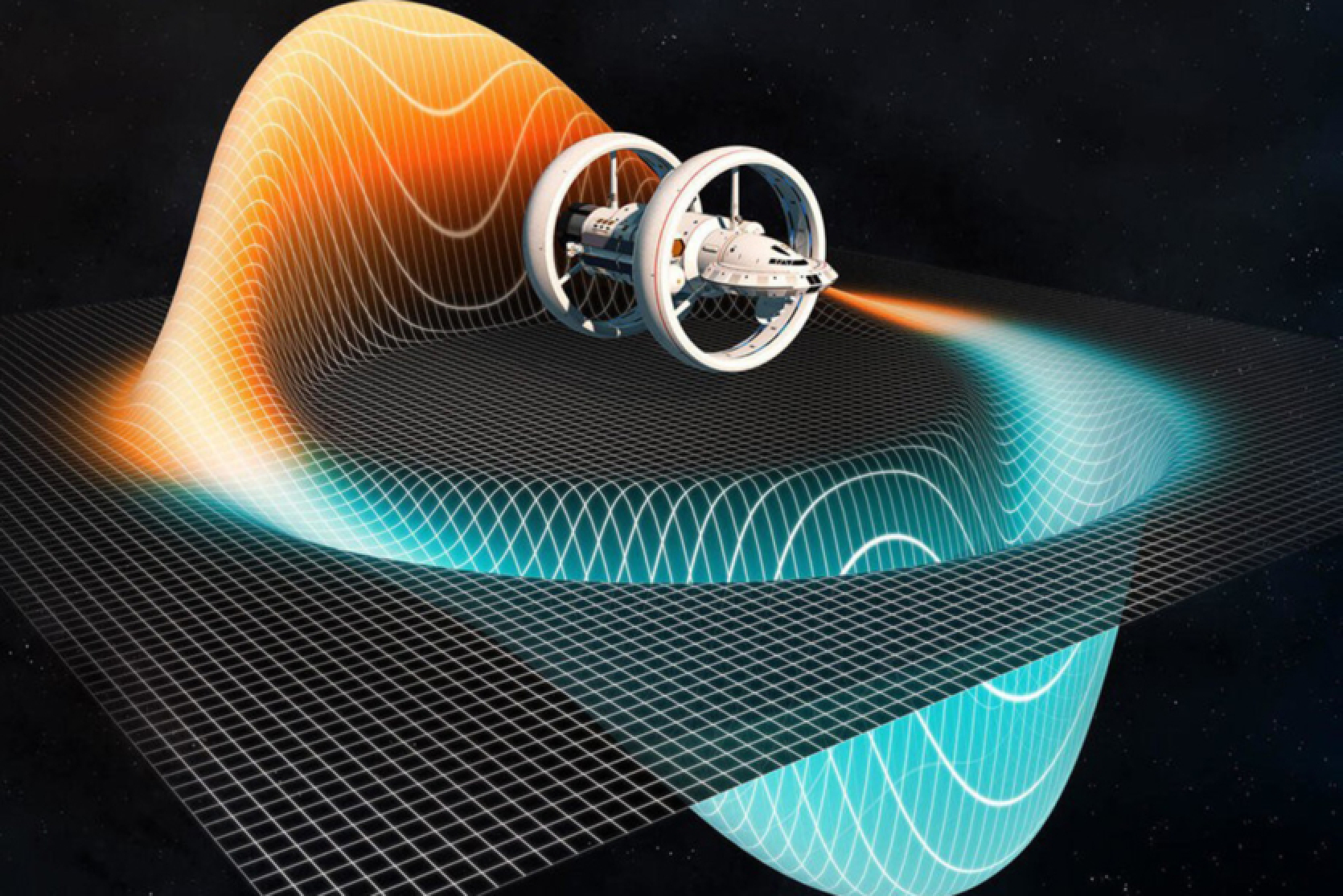


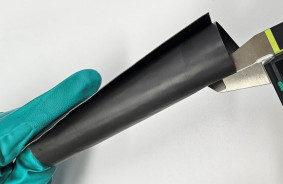
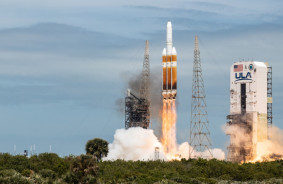
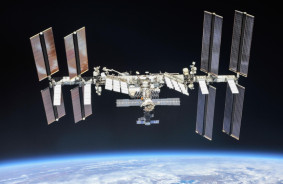
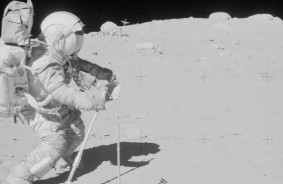
Comments (0)
There are no comments for now